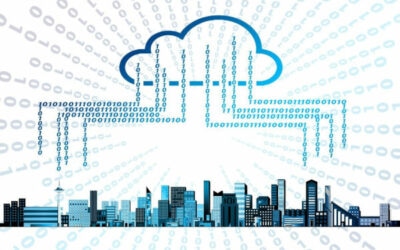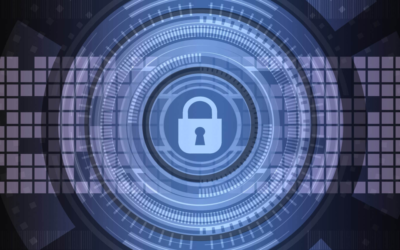Veeam® Software provides backup, recovery and data management solutions, but does not provide cloud service or managed services for Veeam products. It is a self-serve software with numerous integrations. For those not interested in managing their data protection in-house, Veeam relies on an ecosystem of experts to assist their customers. So, why would anyone need a managed service provider or a Veeam Cloud Service Provider (VCSP)?

- Not all cloud storage companies and capabilities are the same. When looking at mega-providers such as AWS, Azure, Google Cloud, etc., you will find a “cheap-and-deep” model for long-term storage and archival, a near-line for more recent copies, and “hot storage.” Each of the providers states their proficiencies, or perhaps tout a low cost. Cloud providers focused on offsite backups and disaster recovery, specifically disaster recovery as a service (DRaaS), may come with a higher price point but deliver substantially more significant benefits.
2. VCSPs provide Veeam expertise, support, SLAs, and a voice on the other end of the phone in times of need. We often hear the question, “Can’t I just do it all myself?” from the community. The short answer is, sure—but do you want to – should you, do that?

3. VCSPs provide testing capabilities – at least Global Data Vault does. We don’t ever want a company to “hope” that the validity or quality of their data is true in a real-time crisis, which is why we provide a hands-on, annual test run of a recovery scenario (for free). With “fire-and-forget” services, customers may feel as though they are mainly a pool of storage and nothing else. They’re left with nagging questions like, Are my backups working correctly? Are they transferring in a timely fashion? Or the scariest situation, Are they copying viruses or susceptible to malware and ransomware in your cloud storage? The most significant concern for cloud backup customers is the security and protection of their offsite backup files from insider threats, viruses, malware, and ransomware, and how to quickly recover from one of those destructive events.
4. We take Insider Protection to the next level. Veeam provides a feature for its VCSPs called Insider Protection (IP). IP creates a recycle bin in your cloud repository for deleted files, whether by design for aging backups or accidental or malicious activity. This recycle bin does not count against your cloud repository storage, but it does require space on the service provider side. Global Data Vault developed proprietary technology to take IP a step further while maintaining full backup chains and without charging customers for a large amount of additional cloud storage. We also do not wait for backup or file deletion to send data to the recycle bin—Enhanced Data Protection gaps every file sent to the cloud repository and maintains those according to SLA.
5.VCSPs can provide DRaaS services as well as backup, meaning you can rely on them to run your workloads in the event of a disaster or site outage (Not all can, but most. Always verify.) DRaaS is a convoluted process, if not an impossible one when using a “big box” provider.
6. Consistent and transparent billing practices. Another way VCSPs add value is through simplified monthly billing. With services like AWS, you may pay fees “per instance, per hour” or similar. Based on backup needs, restores, and data change, this amount could fluctuate widely month-to-month. Global Data Vault provides a simple quoting and billing structure with no hidden or unexpected charges.
Service providers are here to help. From simple questions to complex disaster recovery needs, we have the Veeam expertise to protect your business. Give us a call today!
More DRaaS & BaaS Articles
The Importance of a Data Retention Policy and Scheduled Backups
Data is THE foundation of every business in some form. Protecting that data is key to maintaining operations, being compliant with laws and regulations, or simply making efficient use of resources long-term. Depending on the type of business and data you have,...
Cybersecurity Guide for Cloud Data Management
When considering security for information technology resources and systems, companies face many challenges. Not only must companies protect edge-facing (those that provide access to networks outside of an internal network) and core-facing infrastructure technologies,...
Business Continuity and Disaster Recovery
With many businesses, there’s a natural lull in activity during predictable times of the year. Many companies slow down toward the end of the year, or as budget and sales cycles turn over. This is usually the time when the focus shifts to the less urgent tasks, such...
What is an RTO? RPO?
The first step of any backup and disaster recovery plan will be to establish the amount of recoverable information that is essential to your business success. These two factors, RTO (recovery time objectives) and RPO (recovery point objectives) will set the stage for...




0 Comments